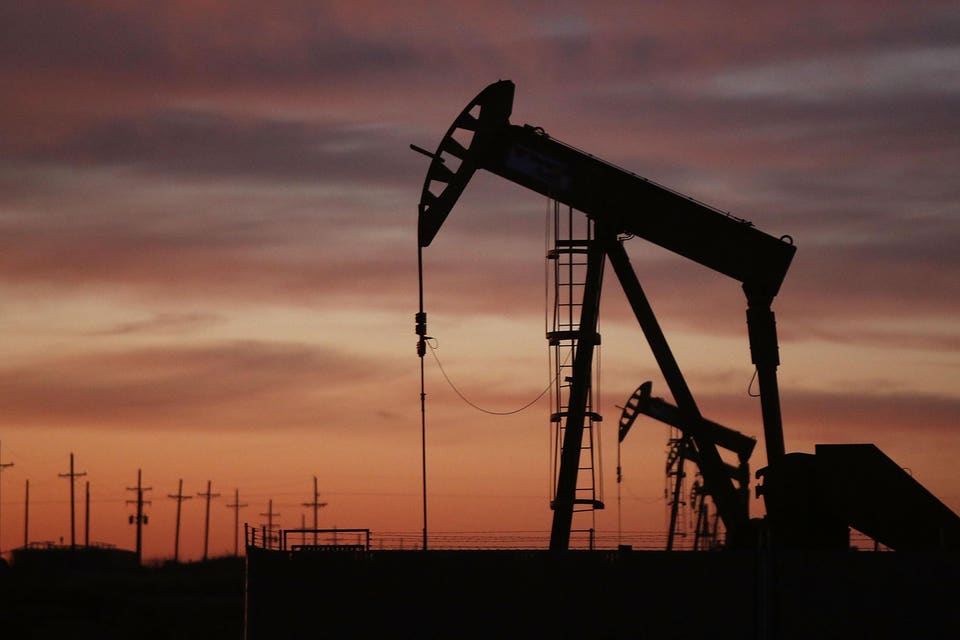Reports of the demise of oil shale have been greatly exaggerated. U.S. shale production continues to … [+] defy analysts‘ predictions. (Photo by Spencer Platt/Getty Images)
Getty ImagesDon’t bet against America’s shale producers. Every oil market analyst should know this by now, but many still can’t resist calling an end to the shale boom.
Most recently, experts said shale oil production would peak soon as U.S. drilling activity ebbed and companies moved operations to less productive “tier-two” acreage.
The expectation was that the productivity of prime “tier-one” acreage would fall, ultimately taking overall U.S. oil production down with it.
That scenario hasn’t happened.
Instead, shale producers are innovating, using technology and their years of experience in maturing resource fields to achieve production that defies the odds and is surprising oil markets.
The effects have not gone unnoticed. In its latest monthly report, The U.S. Energy Information Administration (EIA) forecasts U.S. crude oil production to average 12.8 million barrels a day in 2023. That’s up 200,000 barrels a day from its forecast only a month ago.
Moreover, the EIA now sees U.S. output surpassing 12.9 million barrels a day for the first time later this year and exceeding 13 million barrels a day in early 2024. This trend took root during the first half of the year, with oil prices mired in the $70s and the U.S. rig count stuck in a seemingly terminal downtrend.
Shale could perform even better under today’s more constructive price environment, with U.S. benchmark West Texas Intermediate now comfortably above $80 a barrel and the OPEC+ cartel intent on supporting higher prices with production cuts.
While the consensus has generally been that U.S. production would struggle to grow beyond 13 million barrels a day, it’s time to challenge that notion.
The EIA now expects that the United States will exit 2024 producing 13.4 million barrels a day, and projects growth to only slow because of falling oil well productivity. That could prove to be a poor assumption as some of shale’s biggest producers are indicating that the game is hardly over.
During second-quarter results, ExxonMobilXOM , ChevronCVX , Pioneer Natural ResourcesPXD , EOG ResourcesEOG , and Diamondback EnergyFANG were all surprised with bullish data on their shale productivity due to technological advancements or proprietary techniques to improve well completions.
ExxonMobil has been particularly adamant that development in the Permian Basin, the main engine of U.S. oil production growth, is still in its infancy.
EOG told investors that it has achieved a 20% uplift in oil and gas production and recoveries from new wells.
Each company suggested they could do more with less today, owing to the best practices and efficiency gains they now have in place.
Producers believe that technological advancements could expand the pool of economic targets in U.S. shale – a pool that would increase further under higher oil prices.
Moreover, these top players implementing the best practices now control more of the U.S. shale sector after consolidating their positions through merger and acquisition deals in recent years.
Think of shale as a massive manufacturing operation where the best, most efficient companies are now running the show. It’s time to stop saying the shale boom is over. Shale has entered a new phase, that’s for sure, but production growth keeps coming, and the future remains bright. Doubt it at your own risk.
Follow me on Twitter or LinkedIn. Check out my website or some of my other work here.

